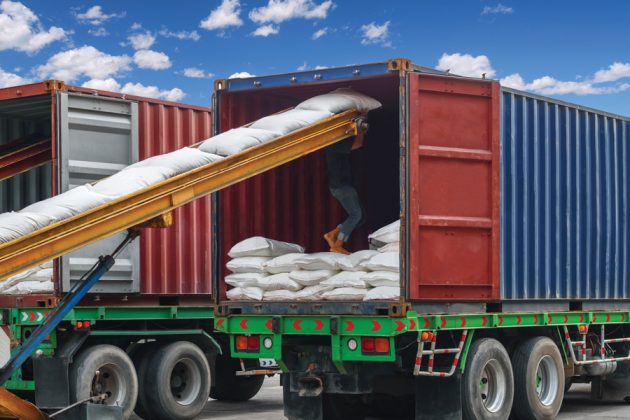
Focus on Food Safety: What’s your exposure?
November 30, 2021
By Ron Wasik
 Photo © Hor / Adobe Stock
Photo © Hor / Adobe Stock As I look forward to retiring from contributing regularly to Food in Canada at the end of this year, I thought it will be appropriate to focus the last columns on some risks in the supply chain that expose food processors to grief. Although I will be highlighting individual activities and their inherent risks, many of these risks will overlap.
Supply
The two attributes food processors use to select suppliers are assured supply and cost. After all, getting all of your raw materials when you need them at a price that keeps your bottom line in the black is a good thing. However, processors regularly jump at the opportunity to source products at bargain prices without taking the product’s quality and integrity into consideration. Despite the inherent risks in this process, it happens because of multiple reasons. One reason is that the processor provides incentives to the purchasing personnel to source materials below a commodity’s average price. Another reason could be out of habit because this type of sourcing didn’t create problems in the past. However, I can tell you with certainty, based on 50 years of industry experience, that using price to dictate supply will come back to bite you at some point. Some of the risks associated with allowing price dictate supply are increased quality complaints from customers, spike in waste and production cost due to slower processing times, and, last but not least, food recalls. Price alone should never dictate your supply sources.
Specifications
Product specifications are important for controlling a company’s risk exposure. When carefully written and managed, they provide the supplier and processor with a solid foundation on which to build one another’s business. If poorly written or managed, specifications expose the supplier and processor to numerous business risks.
Specifications are among the first things a supplier and processor will look at when a problem arises. It’s common for a processor that has relied on poorly written or managed specification to ‘assume’ the supplier knew all the criteria for the product in question. It’s also quite common for the supplier to point out that certain criteria were not in the specifications or that the product in question, although out of specification, has always been accepted by the processor in the past. The frequency at which specification issues arise between suppliers and processors is alarmingly common, and it need not be so.
To avoid this problem, it is advisable is for the processor to work collaboratively with the supplier to develop specifications so that both the parties have a clear understanding of each other’s needs and capabilities. Once documented, the specifications need to be shared and actively monitored. Specifications should not be carved in stone but be open to review when needed.
Receiving and inventory control
Receiving and inventory control can expose a food processor to significant risk. It’s common for shipments to go directly into inventory because the shipment was from an existing supplier. It’s not just little companies that make this mistake, but also big ones. A large, well-known company that supplied a critical ingredient to a company I once worked for accepted a pallet of industrial powder adhesive from their supplier, mistaking it for a food-grade starch binder. The error was caught by an observant employee, but only after several batches of the finished product had been mixed and shipped. This problem is easily avoided by moving all received products into designated receiving areas, and leaving them on hold until two employees can verify the product was the ordered one.
One should not assume all risks have been eliminated after a product is released and goes into inventory. The above is a good example of what can go wrong. The right products need to go into the right storage places and rotated properly to ensure the oldest products are used first—easy to say but not to do.
My last column
The November-December column will be my last column for this magazine. In that column, I’ll be writing about the risks inherent in maintenance, training, production, quality control, sampling, lot identification and traceability. I invite readers to e-mail their suggestions of other supply chain activities they’re concerned about. Until then, stay safe!
Dr. R.J. (Ron) Wasik, PhD, MBA, CFS, is president of RJW Consulting Canada Ltd. Contact him at rwasik@rjwconsultingcanada.com.
This article was originally published in the October 2021 issue of Food in Canada.